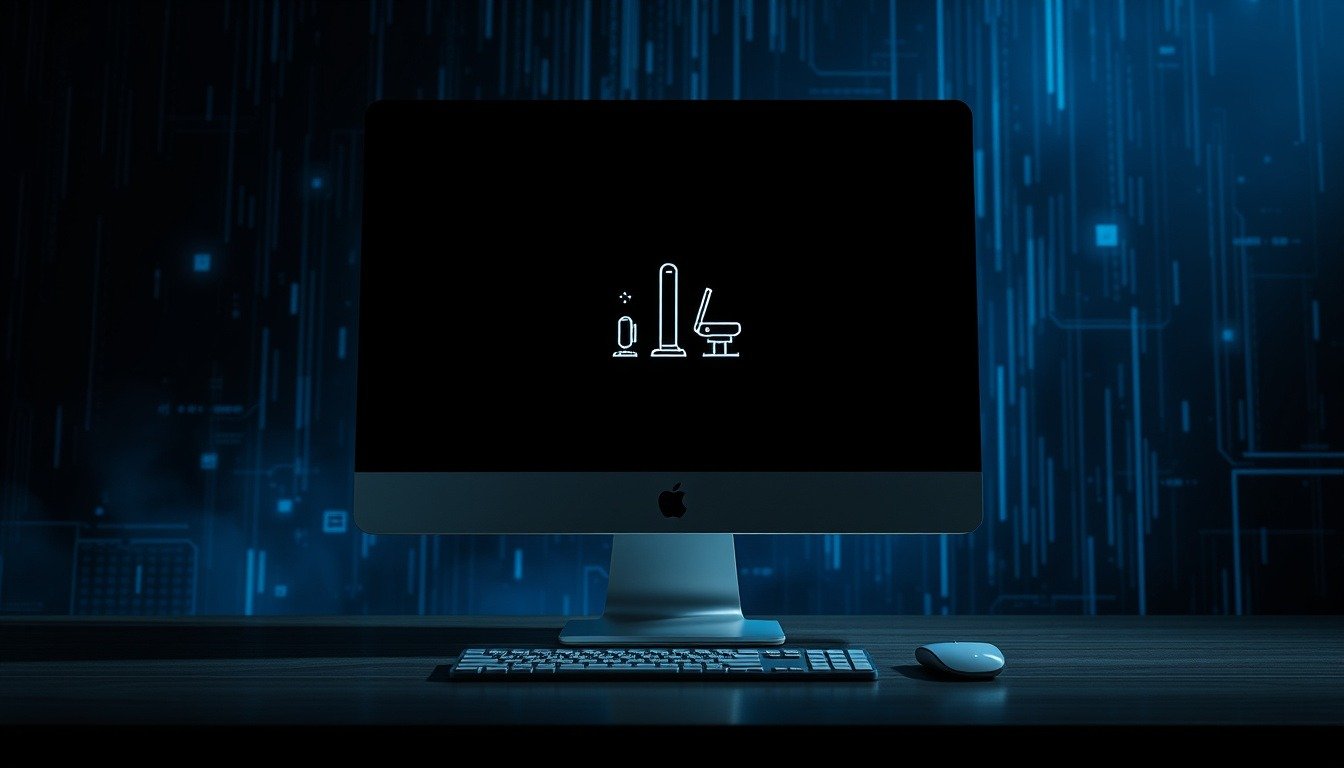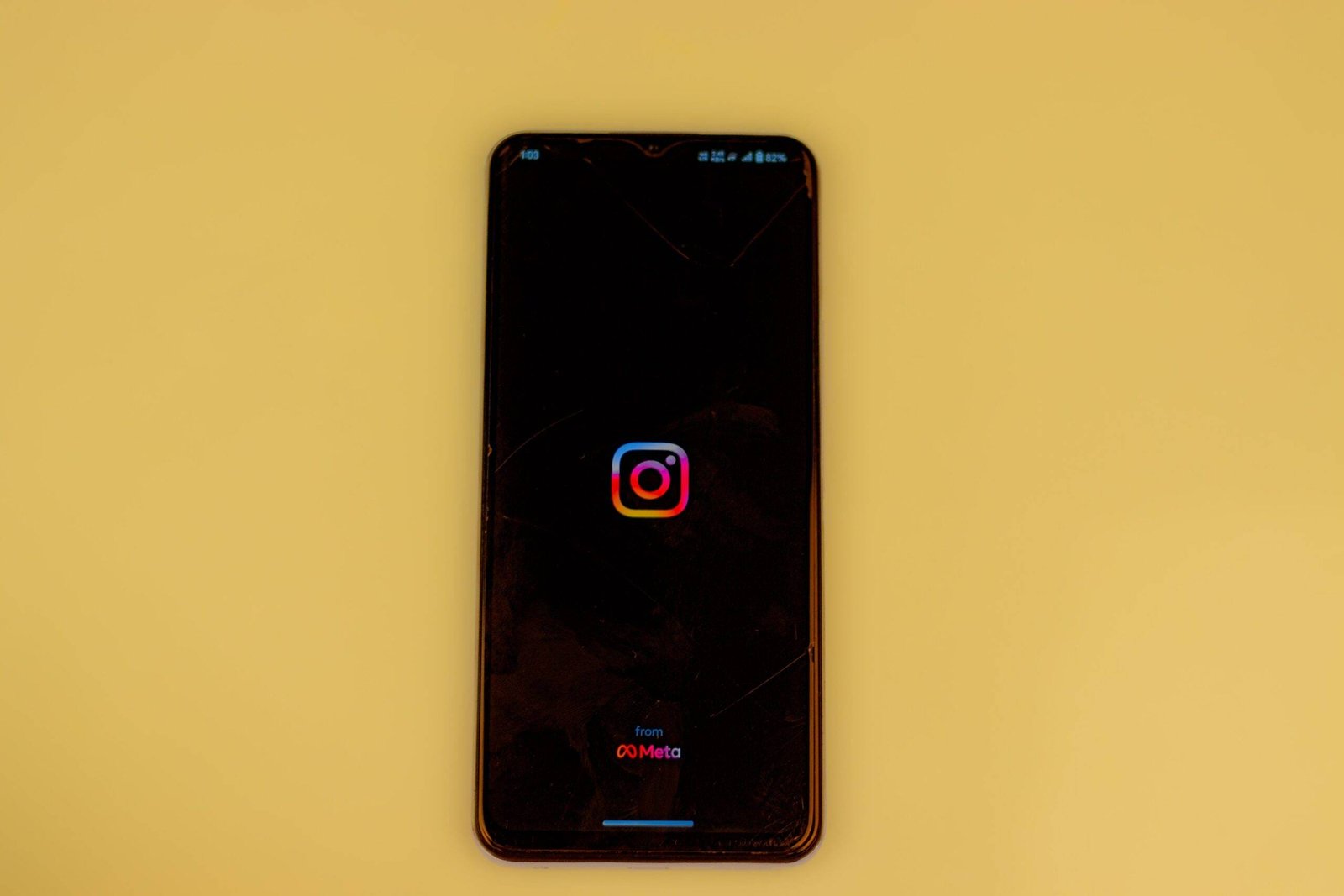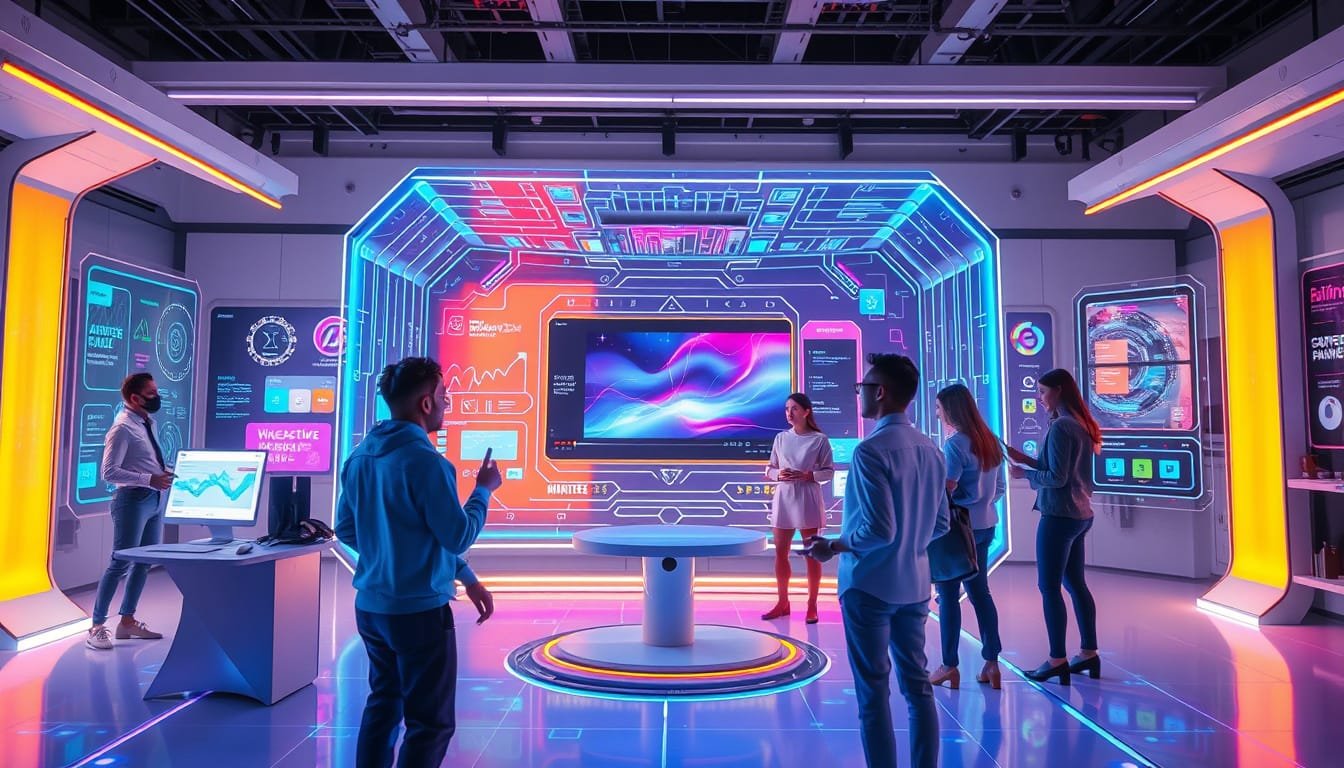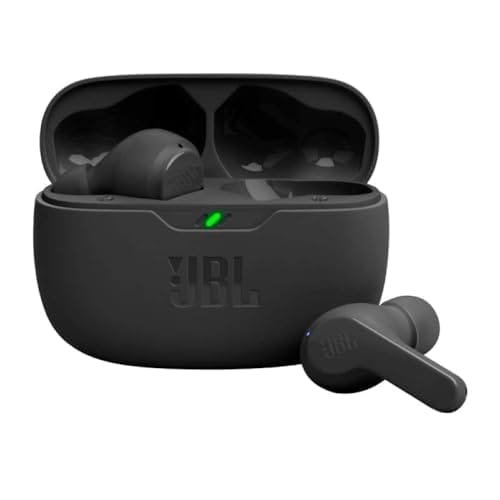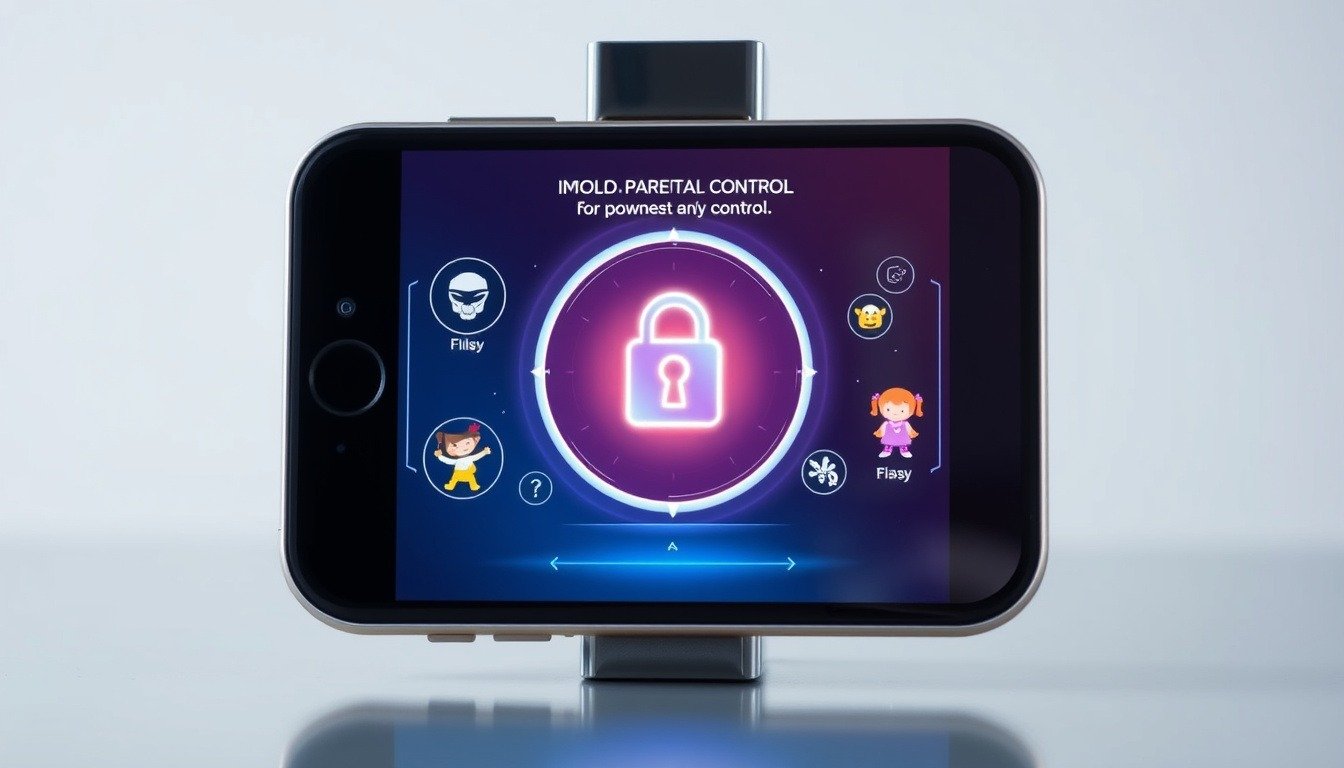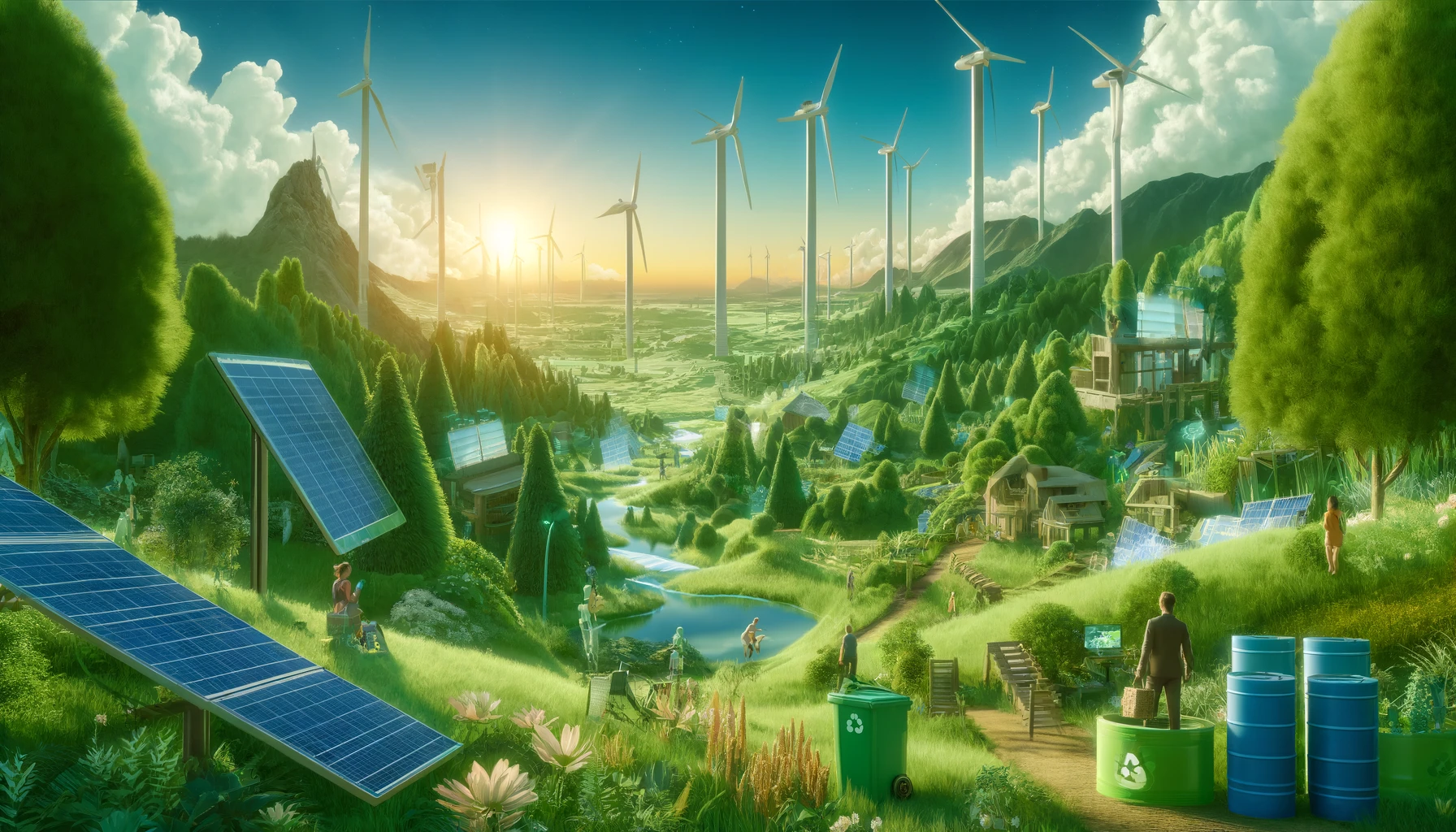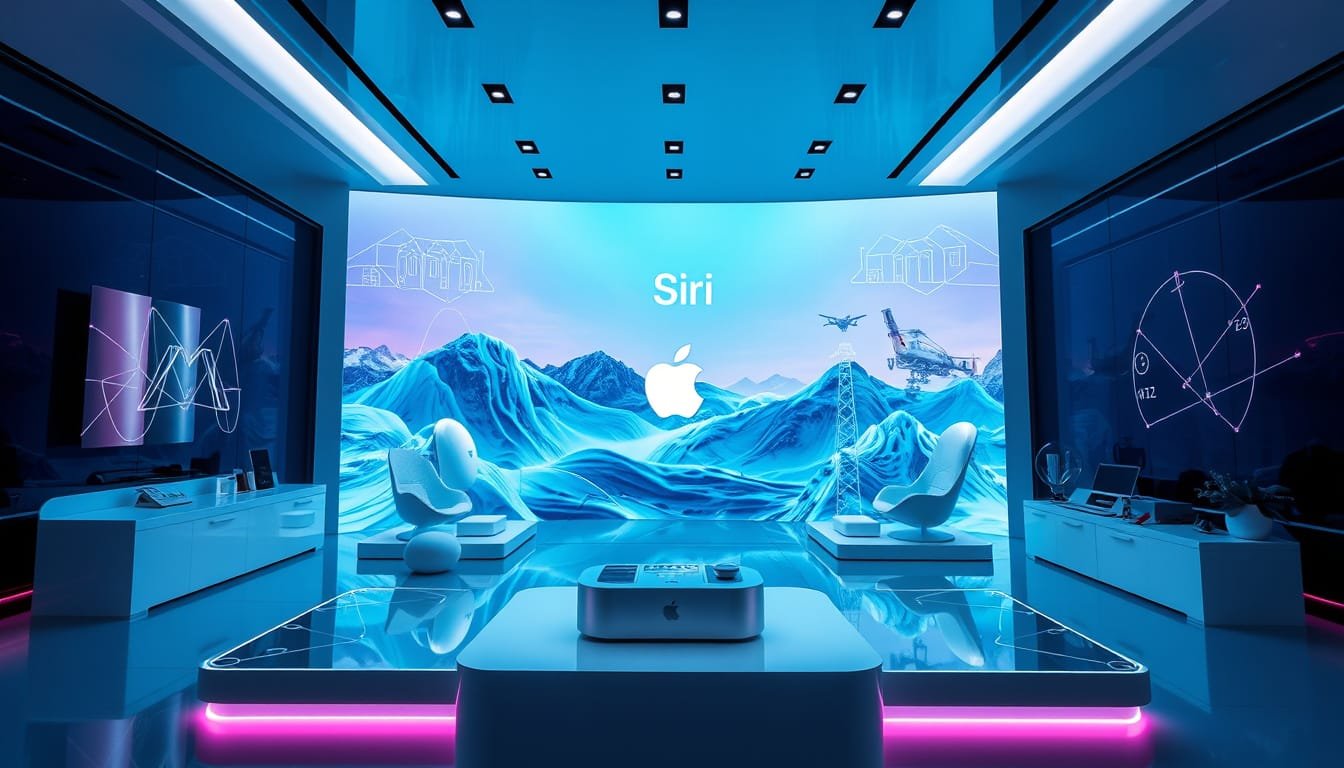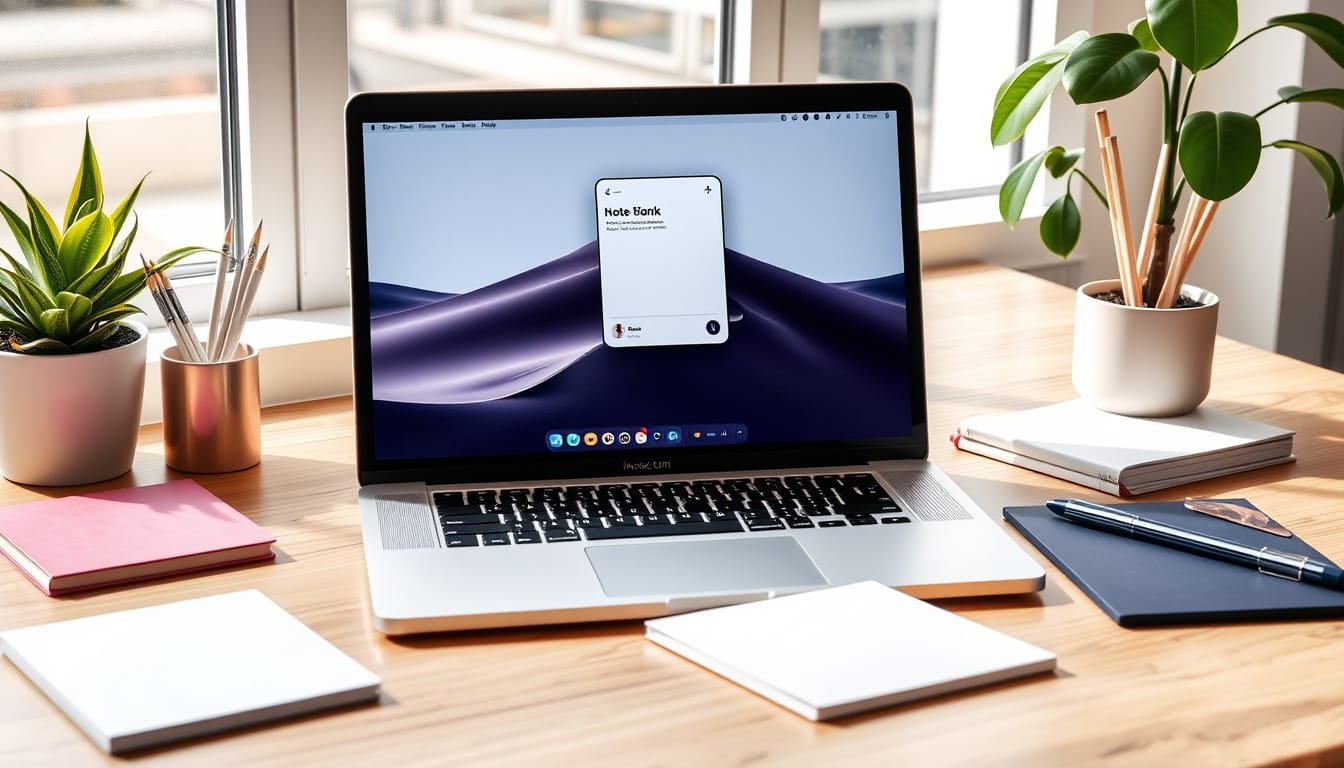In the fast-paced world of content creation, technology is key to keeping up.
Enter OpenAI’s Sora 2 and its companion app: a dynamic duo set to transform the way we create, edit, and share video content.
Imagine generating stunningly realistic videos complete with natural physics and synchronized audio—Sora 2 makes this a reality.
With features like Cameo, which lets you morph your likeness into video scenes, the possibilities are endless.
But wait, there’s more!
The Sora app provides an intuitive platform for remixing your AI-generated video content, although it’s currently in invite-only mode.
As exciting as this innovation is, it’s not without its challenges.
The ease with which one can create hyper-realistic videos raises concerns about disinformation and the erosion of trust in media.
As you explore these groundbreaking tools, let’s dive into not just how they work, but also what this means for the digital landscape.
Try Hostinger Webhosting get a website as low as $3.99!

Key Takeaways
- Sora 2 introduces advanced features like realistic physics and synced audio for complex video generation.
- The Sora app allows users to create and remix videos, with an emphasis on personalizing content through the Cameo feature.
- Concerns about the misuse of AI-generated videos highlight the need for ethical considerations in media authenticity.
Overview of Sora 2 and Its Features
Sora 2 is here, and it’s a game changer in the world of video generation!
OpenAI’s latest model takes realism up a notch, introducing stunning features that merge advanced technology with creativity.
Imagine crafting videos that mimic the physics of the real world—Sora 2 makes this possible.
Not only does it enhance continuity, but it also syncs audio seamlessly, giving your videos a professional touch.
The Cameo feature is particularly exciting, allowing users to insert their own likeness into generated content.
This opens a new avenue for personalized media that can both entertain and engage.
Meanwhile, the accompanying Sora app is designed for creating and remixing these AI-generated clips, though it’s currently in invite-only mode, adding a sprinkle of exclusivity.
Keep in mind that exported videos come topped with a watermark, ensuring content from the Sora suite is identifiable.
Yet, with such power comes responsibility.
OpenAI has emphasized built-in safety protocols, but skepticism remains.
Critics point out the risks of misinformation as these hyper-realistic videos can easily mislead viewers.
The possibility of using the technology to create misleading content—especially involving public figures—raises some serious ethical eyebrows.
As you navigate this fascinating advancement, consider not just what you can create but also the implications of your creations!
Ready to test out Sora 2 or the Sora app?
Share your thoughts in the comments below!
The Sora App: User Experience and Ethical Considerations
The Sora app presents a unique blend of creativity and ethical challenges in video production.
Users eagerly flock to its invite-only feature, intrigued by the potential to remix and share AI-generated videos.
However, while the allure of generating videos with realistic physics and personalized Cameos is exciting, let’s not overlook the responsibility that comes with this technology.
For instance, a scenario could arise where someone uses the app to create a convincing video of a celebrity making a controversial statement—this could spread like wildfire across social media.
OpenAI’s commitment to safety protocols certainly seems promising, but vigilance is key.
Users must ethically consider the impact of their creations on public perception and individual reputations.
Balancing fun with responsibility can help maintain trust in digital media.
So before sharing that eye-catching video, ask yourself: Could it misinform or mislead someone?
Engage in the comments—what’s your take on ethical AI usage?

